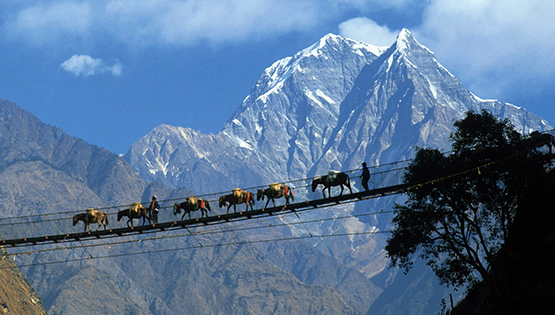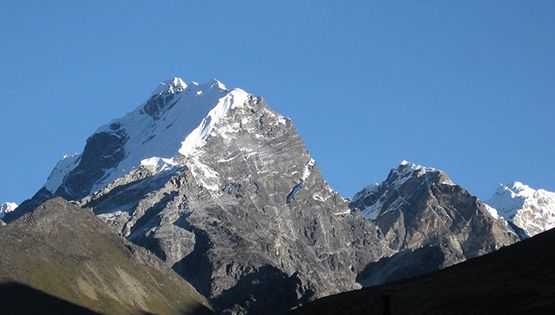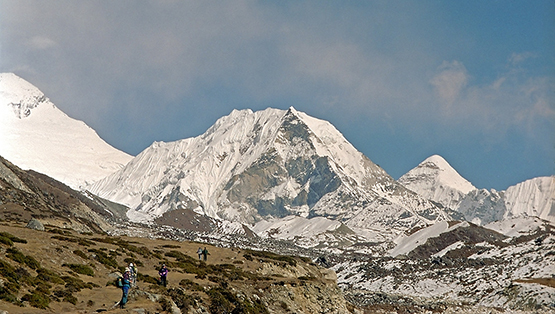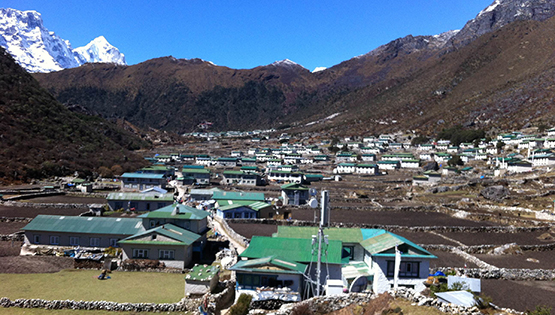
Annapurna Circuit Trek
Explore Now

Ultimate Everest Trek
Explore Now

Lobuche Peak
Explore Now

Island Peak
Explore Now

Upper Mustang Trek
Explore Now

Gokyo, Phortse & Tengboche Trek
Explore Now

Mera Peak
Explore Now

Ghorepani Poonhill Trek
Explore Now

Lhotse Expedition
Explore Now

Gokyo, Chola Pass & EBC Trek
Explore Now

Lhakpa Ri Expedition
Explore Now

North Col Expedition
Explore Now

Baruntse Expedition
Explore Now

Helambhu Trek
Explore Now

Upper Dolpo Trek
Explore Now

Annapurna, Jomsom & Poonhill Trek
Explore Now

Annapurna Sanctuary Trek
Explore Now

Tsum Valley Trek
Explore Now

Khumbu Highlights Trek
Explore Now